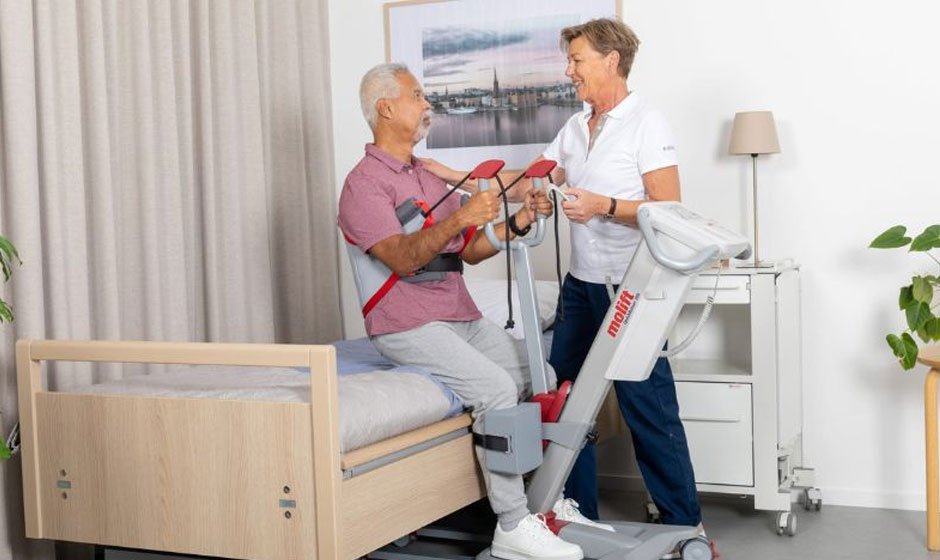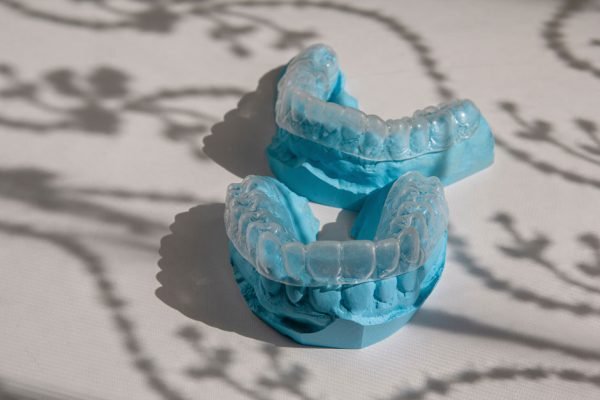Maximising Comfort and Efficiency: Selecting the Best Equipment for Aged Care

Caring for the elderly requires specialised attention and equipment to ensure their comfort, safety, and well-being. As technology advances, an array of options is available for aged care facilities to choose from. However, selecting the best equipment can be daunting. This article will guide you through maximising comfort and efficiency by choosing the most suitable equipment for aged care.
Understanding the Needs:
Before diving into equipment selection, it’s crucial to understand the specific needs of the elderly residents. Factors such as mobility issues, cognitive impairments, and medical conditions must be taken into consideration. You can tailor your equipment choices to provide personalised care by identifying these needs.
Mobility Aids:
Mobility aids play an important role in enhancing the independence and safety of elderly individuals. Items like wheelchairs, walkers, and mobility scooters enable residents to move around freely while minimising the risk of falls or injuries. When selecting mobility aids, consider manoeuvrability, weight capacity, and adjustability to ensure optimal comfort and usability.
Comfort-focused Furniture:
Comfortable seating and bedding are essential for promoting relaxation and preventing discomfort among the elderly. Invest in ergonomic chairs, pressure-relieving mattresses, and supportive pillows to minimise the risk of bedsores and musculoskeletal issues. Adjustable beds and lift chairs can also improve accessibility and facilitate easier transfers for residents and caregivers.
Assistive Devices:
Assistive devices can substantially improve the quality of life for elderly individuals with disabilities or impairments. From hearing aids and magnifiers to specialised utensils and communication aids, these devices cater to a wide range of needs. Prioritise equipment that enhances sensory perception, communication, and independence, ensuring residents feel empowered and engaged in daily activities.
Safety and Monitoring Systems:
Safety should always be a top priority in aged care facilities. Implementing advanced monitoring systems, such as fall detection sensors, wander management solutions, and emergency call systems, can help prevent accidents and provide prompt assistance in emergencies. Installing grab bars, non-slip flooring, and well-lit pathways further enhances the facility’s safety infrastructure.
Purchasing from Reliable Suppliers:
When sourcing equipment for aged care facilities, partnering with reliable suppliers is essential. Choose vendors with a proven track record of delivering high-quality products and excellent customer service. Ensure that the equipment meets industry standards and regulatory requirements to guarantee the safety and well-being of residents. For further insights and a comprehensive range of equipment options, visit websites like https://www.safetyandmobility.com.au/ to know more about the equipment and make informed decisions tailored to your specific needs and preferences.
Summing it Up:
In conclusion, selecting the best equipment for aged care involves thoughtful consideration of the resident’s unique needs and preferences. Keepers can create a supportive environment that promotes independence and well-being by prioritising comfort, safety, and efficiency. Whether it’s mobility aids, comfort-focused furniture, assistive devices, or safety systems, investing in high-quality equipment is essential for delivering exceptional care to elderly individuals. Remember to stay informed about the latest age-care technology advancements and continuously assess and update your equipment to meet evolving needs. By doing so, you can ensure that your facility remains where residents feel valued, respected, and well-cared for.



